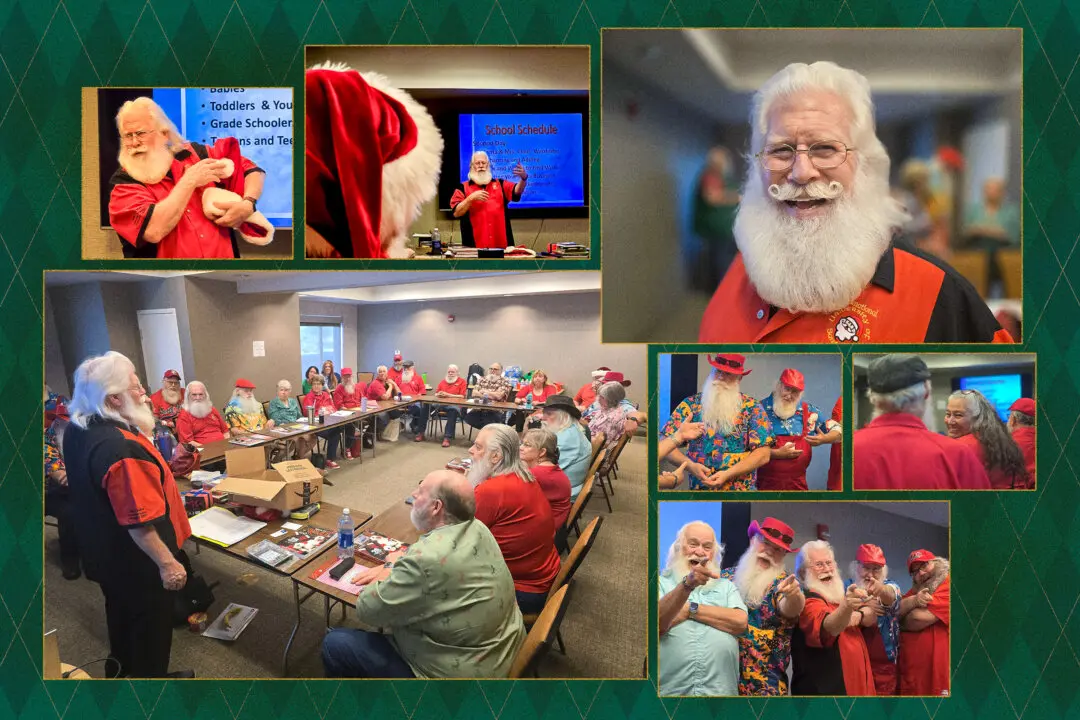ORACLE, Arizona—From the outset, the Biosphere 2 project had all the ingredients of a large-scale earth science experiment with profound implications for human survival in outer space.
Could a small group of people live and thrive in a pyramid-shaped building reminiscent of a Frank Lloyd Wright masterpiece, sealed off from the world?





